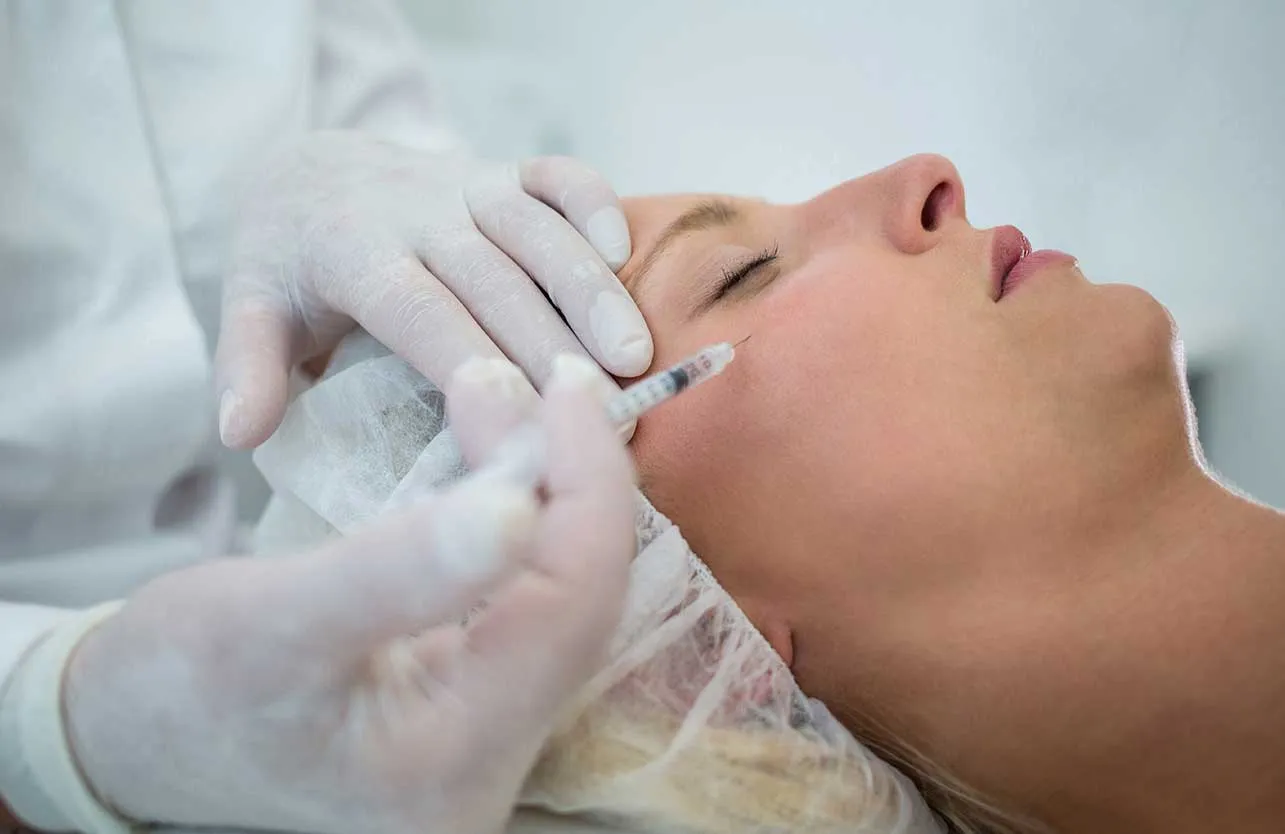The Key Differences Between Botox and Fillers
What Are Botox and Fillers? Definitions and Purposes
Botox and dermal fillers are two of the most frequently performed aesthetic procedures worldwide. Although often mentioned together, they serve very different purposes and work through distinct mechanisms.
What Is Botox?
Botox (botulinum toxin type A) is a neurotoxic protein derived from Clostridium botulinum. It works by temporarily blocking nerve signals to muscles, preventing contraction. This leads to the softening of dynamic wrinkles, which are caused by facial expressions like frowning or squinting.
What Are Fillers?
Dermal fillers are injectable substances, most commonly based on hyaluronic acid, used to restore lost volume, fill deep wrinkles, or contour facial features. They do not paralyze muscles but instead act by adding volume to the skin from underneath.
Mechanisms of Action: Muscle Relaxation vs. Volume Restoration
|
Feature |
Botox |
Filler |
|
Mechanism |
Temporarily blocks muscle contractions |
Adds volume beneath the skin |
|
Targets |
Dynamic wrinkles (movement-related) |
Static wrinkles and volume loss |
|
Active Ingredient |
Botulinum toxin A |
Hyaluronic acid or calcium hydroxyapatite |
|
Treatment Time |
10–15 minutes |
15–30 minutes |
|
Onset of Results |
3–5 days |
Immediate |
|
Duration |
4–6 months |
6–18 months |
When Should You Choose Botox or Filler?
Each product is used to treat different cosmetic concerns. Understanding their differences helps in selecting the right treatment for each area or goal.
When Botox Is Preferred:
- Forehead lines
- Glabellar lines (frown lines between eyebrows)
- Crow’s feet (wrinkles around the eyes)
- Jaw slimming (masseter reduction)
- Excessive sweating (hyperhidrosis)
- Chronic migraines
When Fillers Are Ideal:
- Nasolabial folds (smile lines)
- Lip augmentation
- Cheek volume restoration
- Jawline definition
- Under-eye hollows
- Hand rejuvenation
- Non-surgical nose reshaping
Duration and Longevity of Results
Botox typically lasts 4 to 6 months, while fillers can last 6 to 18 months, depending on:
- The type of filler used
- The area of injection
- The patient’s metabolism
- Cross-linking density of the filler material
Deeper injections (such as in the chin or cheekbones) tend to have a longer duration than superficial ones.
What to Expect During and After Treatment
Botox Treatment:
- Minimal discomfort; usually no anesthesia needed
- Minor redness or bruising possible at injection site
- Effects start within 3–5 days and peak by 2 weeks
- Avoid lying down or vigorous activity for 4–6 hours
Filler Treatment:
- Instant visible improvement
- Mild swelling or bruising for 2–3 days
- Avoid heat (sauna, steam room), alcohol, or exercise for 24–48 hours
Can Botox and Fillers Be Used Together?
Yes! In fact, many dermatologists recommend combining both for optimal facial rejuvenation. For example:
- Botox for forehead and crow’s feet
- Filler for nasolabial folds and cheeks
- Chin definition with filler + jawline slimming with Botox
This approach delivers a balanced, natural, and refreshed appearance.
Safety and Possible Side Effects
Botox Side Effects:
- Temporary headache
- Mild bruising or swelling
- Eyelid drooping (rare and usually reversible)
- Frozen or unnatural facial expression if overdone
Filler Side Effects:
- Bruising, swelling
- Temporary asymmetry
- Rare but serious risk: intravascular injection (must be administered by trained professionals)
Both procedures are very safe when performed by qualified dermatologists or aesthetic physicians.

